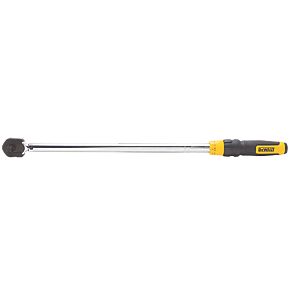LOL! Yes, I like shiny tools as much as the next guy - especially Snap-On! However, I'm not a man of substantial means, and I think the response needs to be proportionate to the task. With something like a modern wheel bearing, the massive torque is to make sure the bearing races are pressed tightly together. But the manufacturer (of both the car and the bearing) doesn't know exactly how much friction there is going to be between the bearing inner races and the stub axle, or the nut and the threads, or the underside of the nut and the washer (or whatever it bears against). Accordingly, he just vastly over-specifies the thread size and calls up a mahoosive torque which is bound to give "plenty" of clamping load in the bearing inner races. The bearing manufacturer, in turn, will size everything so that it will work fine with "a lot" of torque applied to the nut.
My breaker bar is about 0.6m long, and I weigh about 110kg, so I could apply 650Nm if I stood on the end of it. For 250Nm, I'd just stand on the bar with one foot, so that the middle of my foot was about 9" from the centre of the hub nut, with the bar roughly horizontal when the nut stops turning.


